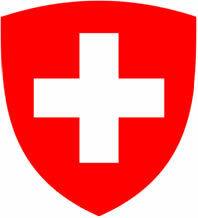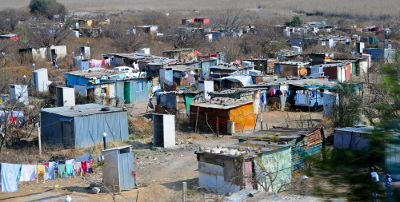With mountainous territory, Switzerland occupies the central portion of the European continent and has borders with Italy (to the south), France (to the west), Germany (to the north), Austria and Liechtenstein (to the east). The country is home to a large population contingent from France, Italy and Germany, a fact that provided the official language of these nations in the Swiss area.
A striking feature of Switzerland was its neutrality with regard to international politics, not engaging in any conflict for centuries. This position was established at the Congress of Vienna in 1815. However, in 2002, the country joined the United Nations (UN).
The national population is 7.5 million inhabitants, with a demographic density of 183.2 inhabitants per square kilometer. Zurich is the most populous city: 347,517 inhabitants; the capital, Bern, is inhabited by 122,178 people. Geneva, Switzerland's second largest city with population (178,722 inhabitants), is home to the headquarters of the Red Cross and the World Trade Organization (WTO).

Coat of arms
The country offers a high standard of living. According to data released in 2010 by the UN, the Swiss Human Development Index (HDI), with an average of 0.874, is the 13th highest in the world. Life expectancy is the third highest on the planet (81.4 years), lower only than in Japan (82.4 years) and Iceland (81.6 years). Only 1% of inhabitants over the age of 15 are illiterate; the infant mortality rate is 4 deaths per thousand live births.
The national economy is driven by the production of watches, which are known worldwide for their quality. Other important segments of the industrial sector are chemical, mechanical and metallurgical. Another highlight of Switzerland is the international financial role that the country plays, being the main banking center in the world. Tourism is mainly carried out in the ski resorts located in the mountain range of the Alps.
Do not stop now... There's more after the advertising ;)

Ski resort in the Swiss Alps
Switzerland data:
Territorial extension: 41,293 km².
Location: Europe.
Capital: Bern.
Climate: Temperate continental.
Government: Confederate Republic.
Administrative division: 20 cantons and 6 sub cantons.
Languages: German, French and Italian (official).
Religions: Christianity 84.9% (Catholics 43.8%, Protestants 34.6%, others 6.5%), no religion 8.7%, others 5.2%, atheism 1.2%.
Population: 7,567,661 inhabitants. (Men: 3,696,232; Women: 3,871,429).
Composition: German 65%, French 18%, Italian 10%, Graubünden 1%, Spanish 2%, Portuguese 1.5%, others 2.5%.
Demographic density: 183.2 inhab/km².
Average annual population growth rate: 0.5%.
Population residing in urban areas: 73.53%.
Population residing in rural areas: 26.47%.
Undernourished population: less than 5%.
Life expectancy at birth: 81.4 years.
Households with access to drinking water: 100%.
Households with access to a health network: 100%.
Human Development Index (HDI): 0.874 (very high).
Currency: Swiss Franc.
Gross Domestic Product (GDP): 488.5 billion dollars.
GDP per capita: $56,579.
External relations: World Bank, IMF, OECD, WTO, UN.
By Wagner de Cerqueira and Francisco
Graduated in Geography
Brazil School Team
countries - Brazil School - geography


